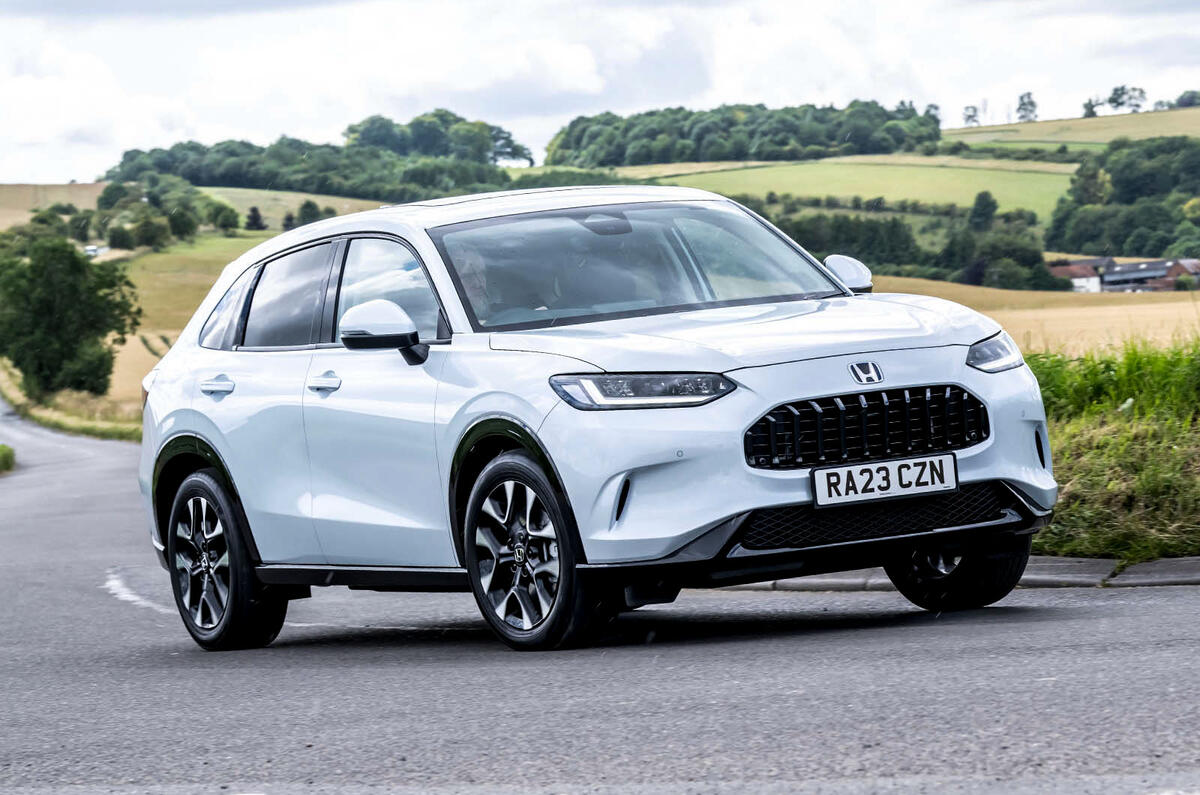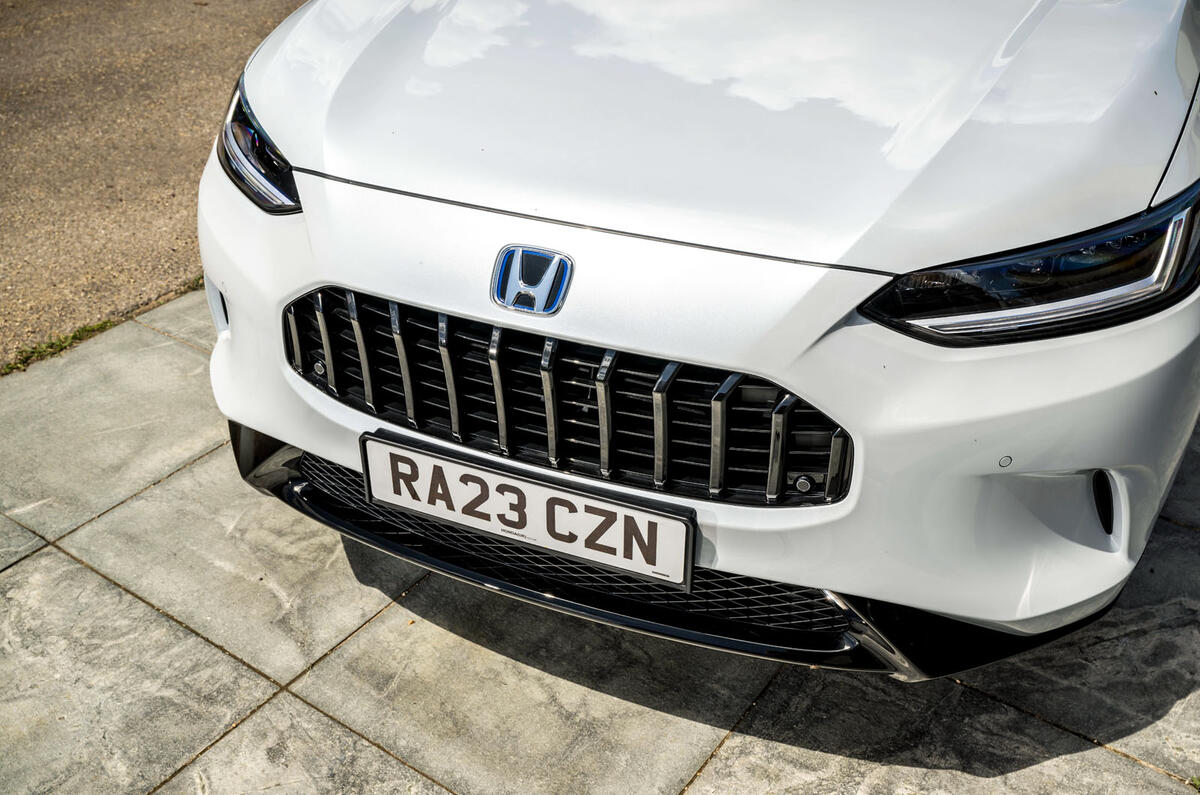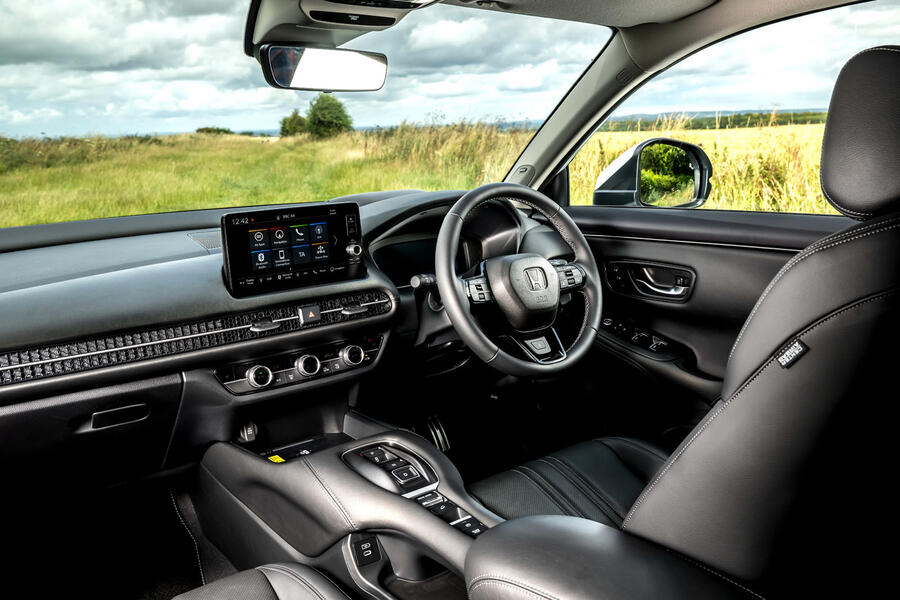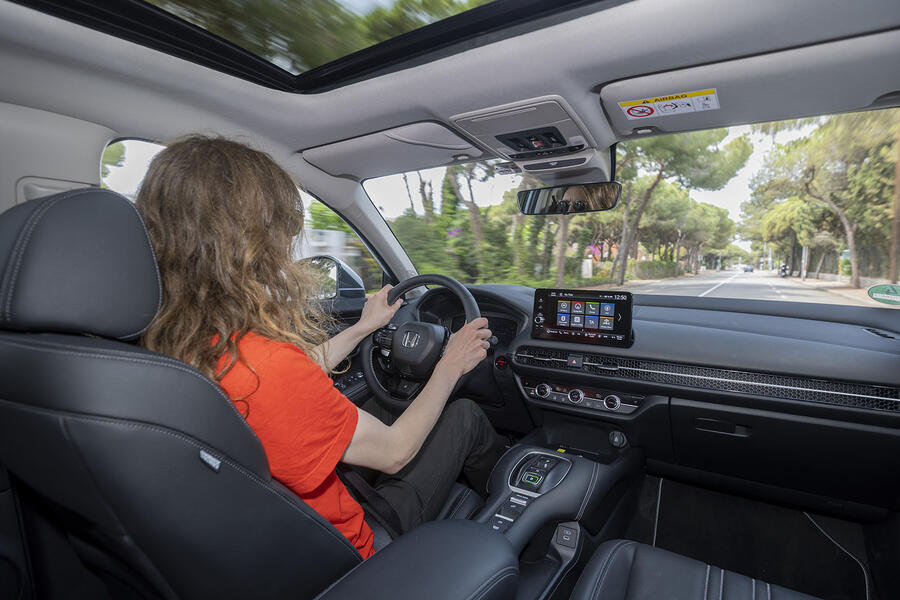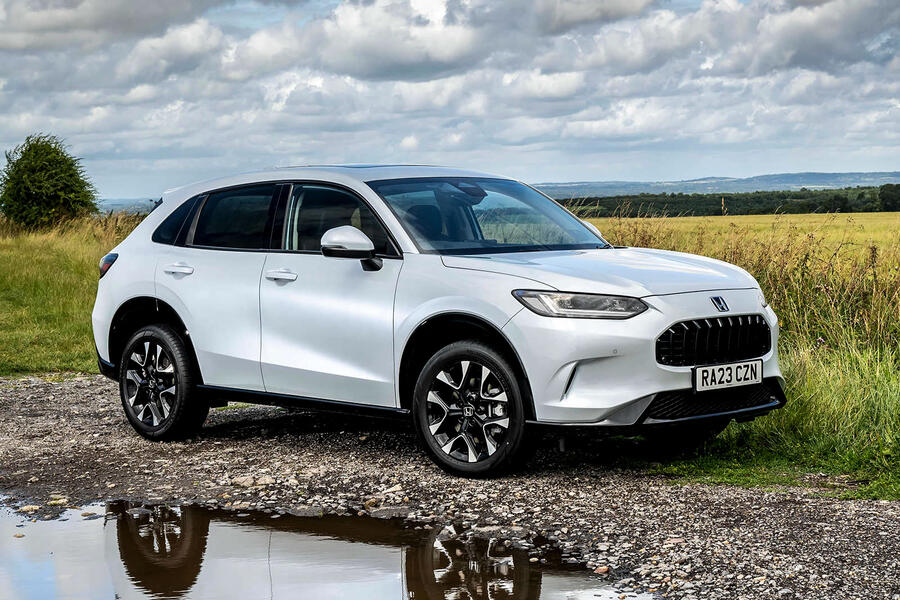As cars go, the Honda ZR-V is a rather important one for Honda.
After seeing a gap in its range, mainly created by the new Honda CR-V (due later this year) growing substantially to compete with cars like the Hyundai Santa Fe, the Japanese brand decided it needed to act. Mainly because that gap meant customers were instead opting for the likes of the Kia Sportage and Nissan Qashqai.
“Our dealers are very excited by this car,” Honda’s UK product boss, Andrew Winfield, told Autocar. “We expect to see a lot of conquest sales.”
You can see why. Look beyond the odd naming strategy – the ZR-V sits atop the Honda HR-V but below the CR-V – and this is basically a Honda Civic SUV. At 4568mm long, it’s near enough the same size as the hatchback, just a bit taller.
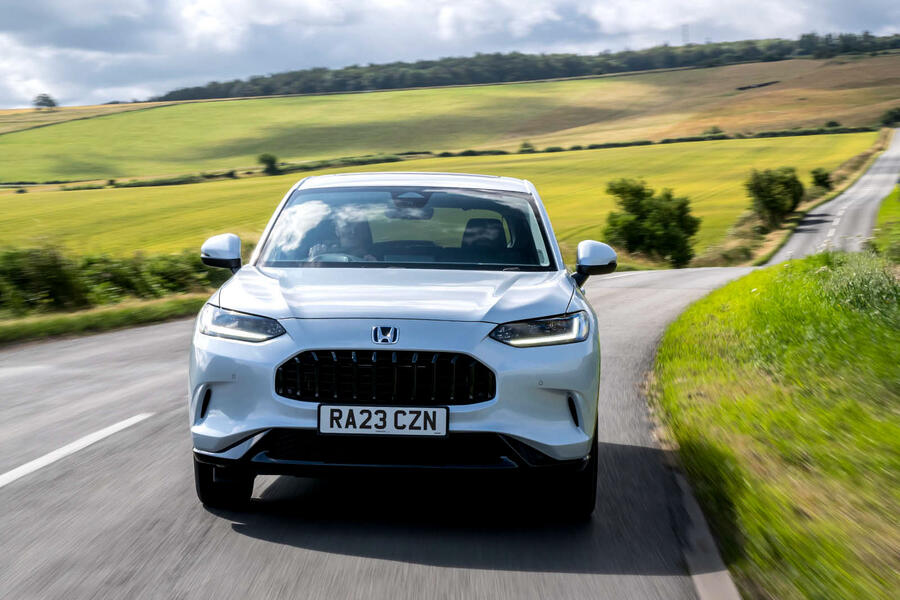
The ZR-V – first UK deliveries of which begin in September – also shares much of its technical make-up with the Civic. In Europe, Honda is offering it exclusively with the same hybrid powertrain.
The naturally aspirated 2.0-litre four-cylinder Atkinson-cycle petrol engine produces 141bhp, but it mainly serves to spin a generator and either power the 181bhp electric motor or buffer the energy in the 1.05kWh battery. Most of the time, the engine doesn’t drive the wheels directly, but at a motorway cruise, a clutch in the transaxle can close to connect the engine to the front wheels through an overdrive gear.



